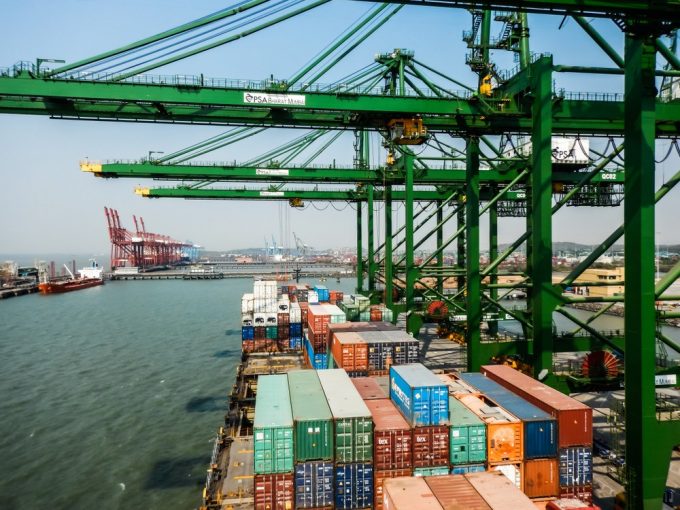New terminal at Dholera Airport will emerge as 'a major cargo handler'
India’s booming air cargo trade is poised for another infrastructure boost, from a new international ...

The Indian government’s ambitious roadmap for its major public ports is under way, as cargo volumes rebound after crashing at the height of Covid lockdowns.
Maritime India Vision 2030 comprises 963 projects across 12 ports, at an estimated total cost of Rs677.2bn ($8.9bn), and essentially involves ...


Comment on this article